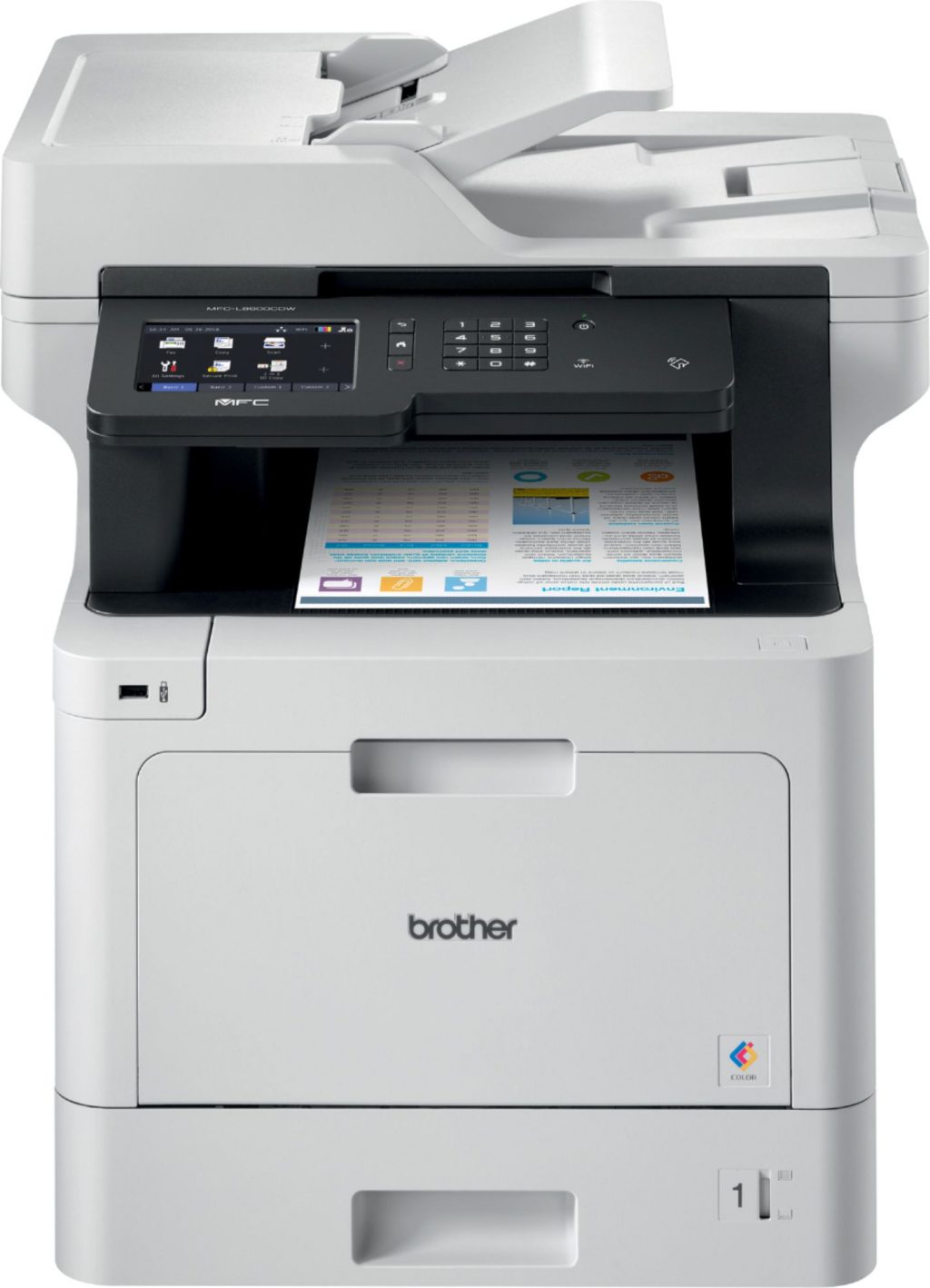Unveiling the Optimal Dimensions: Decoding the Standard Office Printer Size

In today's fast-paced corporate world, office printers play a crucial role in facilitating efficient document management. However, when it comes to selecting the right printer for your office, understanding the standard office printer size becomes imperative. In this article, we will delve into the intricacies of printer dimensions, exploring the factors that influence size considerations and providing valuable insights to help you make an informed decision.
- The Importance of Printer Size:
The size of an office printer impacts various aspects, including space utilization, workflow efficiency, and overall aesthetics. By understanding the standard office printer size, you can optimize your office layout, ensure seamless integration, and enhance productivity. - Factors Influencing Printer Size:
a. Paper Handling Capacity:
Printers are designed to accommodate different paper sizes, ranging from letter-sized documents to larger formats like A3 or tabloid. The standard office printer size is often determined by the maximum paper size it can handle, ensuring compatibility with your specific document requirements.
b. Functionality and Features:
Advanced printer models often incorporate additional features such as scanning, copying, and faxing capabilities. These multifunction printers may have larger dimensions to accommodate the additional components, making it essential to consider the overall size when evaluating your office's printing needs.
c. Printing Volume:
Printers are available in various duty cycles, indicating the number of pages they can handle per month. Higher duty cycle printers may require larger dimensions to accommodate larger paper trays and more robust internal mechanisms. Assessing your office's printing volume is crucial in determining the appropriate printer size.
- Standard Printer Size Categories:
a. Desktop Printers:
Ideal for small to medium-sized offices, desktop printers are compact and designed to fit on a desk or a dedicated printer stand. These printers typically have dimensions ranging from 15 to 20 inches in width, 10 to 15 inches in height, and 10 to 15 inches in depth.
b. Workgroup Printers:
Workgroup printers are suitable for larger offices or departments with higher printing demands. These printers offer enhanced paper handling capacity and faster printing speeds. The standard dimensions for workgroup printers range from 20 to 30 inches in width, 15 to 20 inches in height, and 15 to 25 inches in depth.
c. Production Printers:
Designed for high-volume printing environments such as print shops or large corporations, production printers are significantly larger in size. These printers can handle extensive paper capacities and deliver exceptional print speeds. The dimensions of production printers can vary greatly, ranging from 30 to 60 inches in width, 20 to 40 inches in height, and 25 to 50 inches in depth.
- Optimizing Printer Size Selection:
a. Assessing Available Space:
Before selecting a printer, evaluate the available space in your office. Consider factors such as desk space, walkways, and proximity to other office equipment. This assessment will help determine the maximum printer size that can be accommodated without hindering workflow or causing congestion.
b. Future Growth and Scalability:
Anticipating future growth is essential when selecting a printer. Opting for a slightly larger printer than your current needs may provide room for expansion, avoiding the need for frequent upgrades.
c. Ergonomics and Accessibility:
Consider the ease of use and accessibility for employees when choosing a printer size. Ensure that the printer's placement allows for convenient paper loading, maintenance, and accessibility to all necessary functions.
Conclusion:
Understanding the standard office printer size is crucial in optimizing office space, workflow efficiency, and overall productivity. By considering factors such as paper handling capacity, functionality, and printing volume, you can select a printer that meets your specific requirements. Remember to assess available space, anticipate future growth, and prioritize ergonomics when making your final decision. With this knowledge, you can confidently navigate the printer market and choose the perfect fit for your office.



